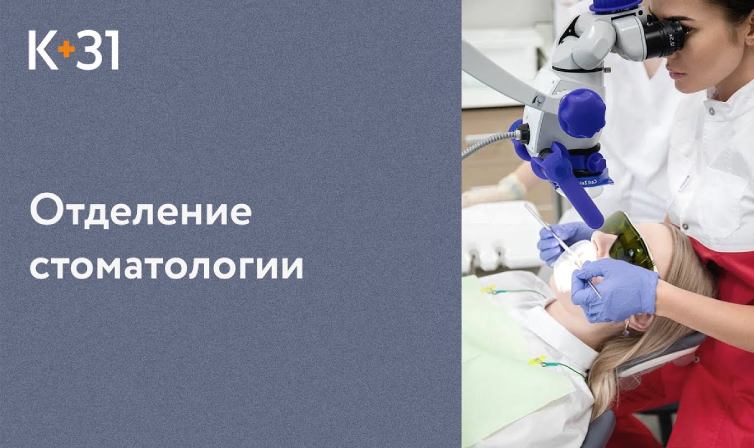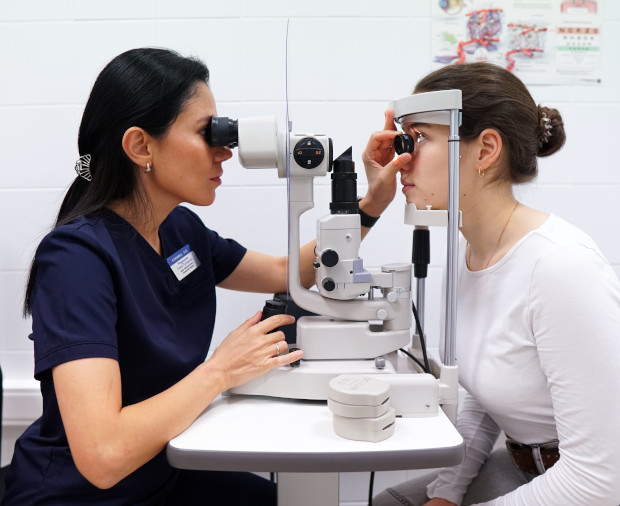Splint therapy for TMJ

specialists

equipment

treatment
General information about the procedure
Types of splints, the process of modeling and manufacturing a splint, wearing rules

Depending on therapeutic purposes, dental splints are divided into several main types. In particular, they are:
- Repositioning. These devices set a new direction for the movement of the lower jaw. At first, the changed trajectory seems foreign to the muscles. However, over time, the muscles adapt
- Miorelaxation. They are aimed at reducing tension in the chewing muscles. These devices prevent the teeth from closing together. In particular, relaxation splints help loosen muscles and improve the functioning of the TMJ. Ultimately, the correct movement of the lower jaw is formed, pain is reduced
- Stabilizing. Their task is to fix the chewing elements with high muscle tone, but with improper closure. Occlusal splints of this type help to maintain the lower jaw in adequate position
There are also centering, decompression, retention and combined splint splints for teeth.

Based on diagnostic data, a virtual model of the patient’s dental system is developed. The further stages of manufacturing and installing the splint look like this:
- Sending data to the dental laboratory
- Production of splints according to individual parameters from high-quality silicones and polymers
- Initial fitting of the splint by the patient
- Manufacture and installation of a permanent structure
The entire process of creating a splint is focused on exact compliance with the anatomical features of the patient’s jaws. This ensures maximum wearing comfort and treatment effectiveness.
To speed up the effect of therapy, it is recommended to wear the splint constantly (24/7) throughout the entire course of treatment. The exception is special cases - for example, treatment of nocturnal bruxism. The structure should only be removed when performing daily hygiene and while eating.
The duration of therapy depends on the specific TMJ problems. Treatment usually takes from 1 to 4 months. In complex clinical cases, therapy can last up to six months.

Modern methods of diagnostics and dental treatment at "K+31"
Our doctors

This award is given to clinics with the highest ratings according to user ratings, a large number of requests from this site, and in the absence of critical violations.

This award is given to clinics with the highest ratings according to user ratings. It means that the place is known, loved, and definitely worth visiting.

The ProDoctors portal collected 500 thousand reviews, compiled a rating of doctors based on them and awarded the best. We are proud that our doctors are among those awarded.
Make an appointment at a convenient time on the nearest date
Price
Other Services
Онлайн консультация стоматолога-ортопеда
Diagnosis and treatment of TMJ diseases Axiography of the TMJ Condylography of the TMJ MRI TMJ Splint therapy for TMJ Total dental rehabilitationOcclusion Analysis
Digital Smile Design (DSD) CEREC ceramic crowns, vineyards and deposits: 1 day manufacture and installation Boxing tire
















































The essence of the technique
The essence of splint therapy is the use of a special dental splint. This device compensates for defects in the chewing elements and restores proper closure of the dentition.
The use of a splint eases the load on the masticatory muscles, normalizes their tone and promotes the restoration of the TMJ. This is due to the fact that the occlusal splint splint (orthotic) ensures uniform and tight closure of the upper and lower jaws.
Dental Splint is made individually for each patient.